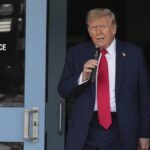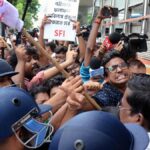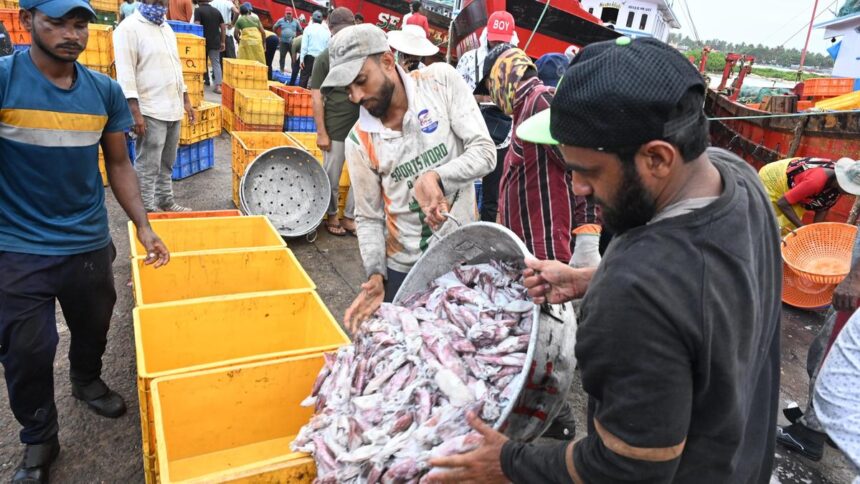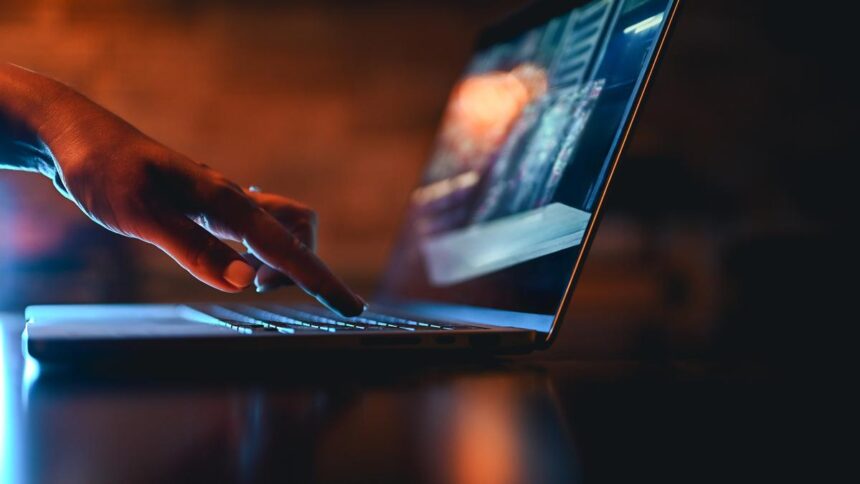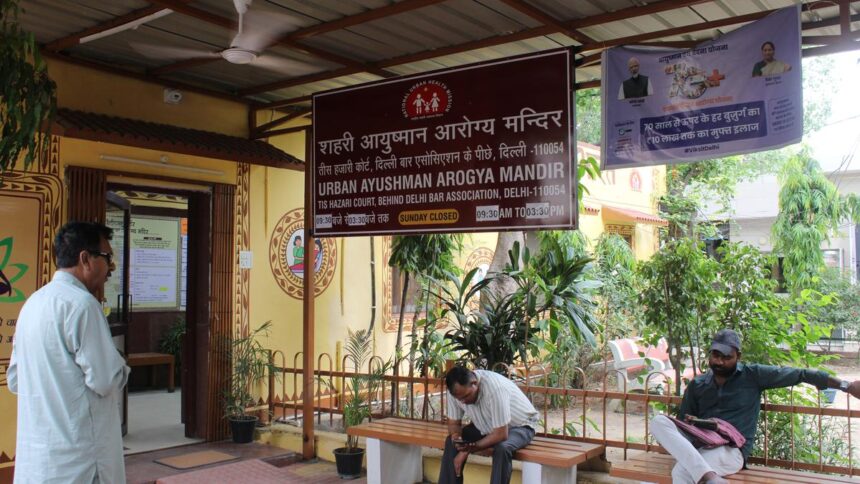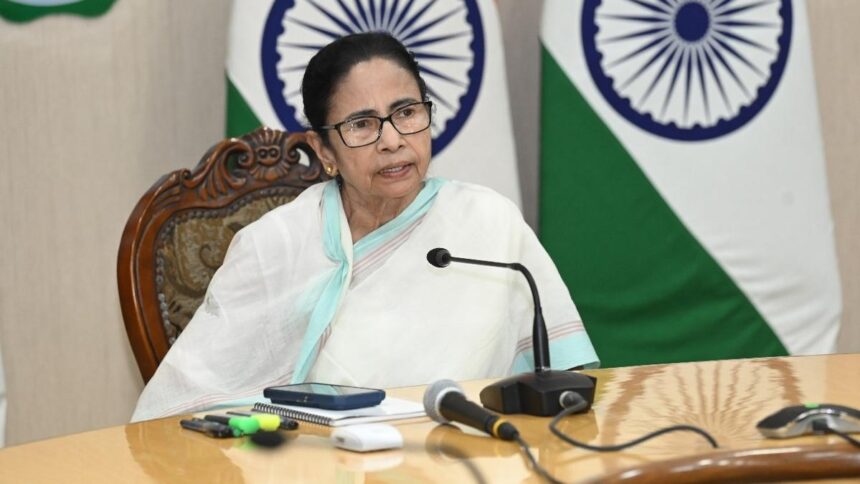
Prime Minister Narendra Modi and President of the People’s Republic of China Xi Jinping at the Shore Temple in Mamallapuram during the India-China Second Informal Summit in October 2019.
| Photo Credit: The Hindu Archives
Towards the end of July this year, at the AGM of the Madras Chamber of Commerce and Industry, the country’s second oldest trade body and founded in 1836, Vellayan Subbiah of Murugappa Group addressed the audience. He spoke on how China has developed in the last few decades and how much India has to catch up if it intended to be serious competition.
Also Read: Tamil Nadu’s oldest and India’s second trade body still puts up a fight for industry
Listening to it brought to mind the decades of unease that has existed in the relationship between the two countries. But far older to that, of course, is China’s interaction with south India. When a few years ago Prime Minister Narendra Modi made Mamallapuram his location of choice for his summit with Xi Jinping, the paramount leader of China, he was perhaps trying to re-establish a relationship of healthy exchange that had once existed.
The accounts invariably begin with Bodhidharma, the 6th Century CE south Indian (as per one version), who travelled to China, met the Emperor Wudi, counselled him, and then stayed on in that country. The legend of Bodhidharma, and it has to be qualified as that, if correct in terms of date and location, makes him a contemporary of the Pallavas. Since then, and especially after the release of the film 7am Arivu, Bodhidharma has grown in stature and has been passed off as fact.
The problem there is lack of documentation. But we do have better records of another who made the journey in reverse order —Xuanzang. He travelled to India in the 7th century CE and, incredibly, made it back safely to China as well. During his sojourn in India, he came to Kanchi too.
Trade with China was another matter altogether. It had probably existed from time immemorial and, certainly, we do know that trade relations existed during Pallava and Chola times. Rajaraja and later Kulothunga I sent trade delegations to that country with a view to boost business. During colonial times, the East India Company, while it made over most Asian trade to its servants, jealously guarded its rights over China. Madras was the point of entry for most Chinese goods, which included copper, quicksilver, sugar (still known as Chini), and zinc. The last named was known then as tutenag in Europe, and even today, the word thuthanagam is prevalent as a term for anodising in Tamil.
Circulation of fake currency
Once in a while, the Chinese would show their true colours — a famed incident in the 18th Century CE was their dumping on us fake pagodas, the currency then in use in Madras, with a far lower gold content. It gave the Company quite a headache to sort that out. But an indicator of a future history of conflict was the Opium War, fought between the British and the Chinese in the 1840s, which ended in the ceding of Hong Kong. Soldiers from Madras, comprising infantry regiments, sappers, and miners, were employed by the British in Canton, Nanking, and other places.
China Bazaar in Madras is still an abiding name. And though it may have derived from porcelain alias ‘china’ being sold here, it is intriguing that Chinese dentists settled here from the 1930s onwards and some continue their practice. They have very little to do with China itself and a point to ponder is that during the Chinese aggression of 1962, they contributed to the Indian War Fund!
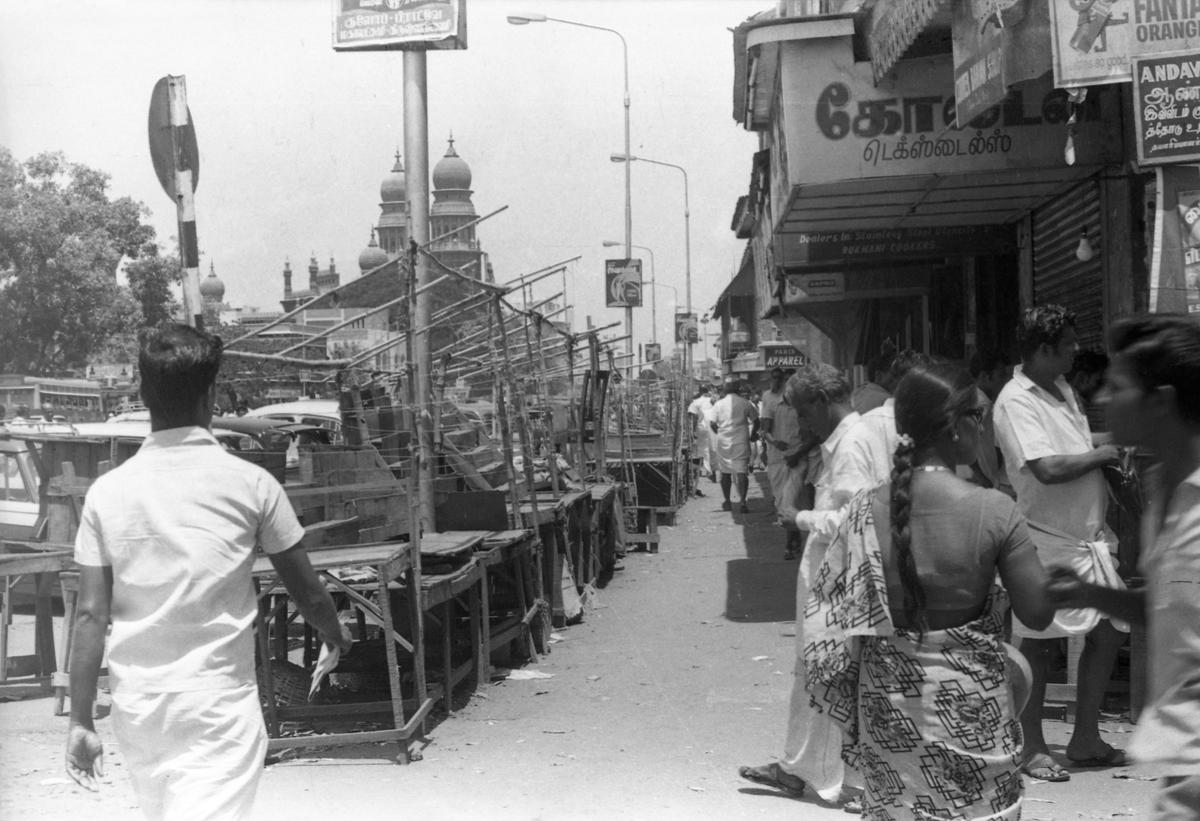
Though the name China Bazaar may have been derived from porcelain alias ‘china’ being sold here, it is intriguing that Chinese dentists settled here from the 1930s onwards and some continue their practice.
| Photo Credit:
The Hindu Archives
In more recent years, Sino-Indian border conflicts have dominated the news. But a Chennai-based engineering company did the unthinkable — it became the first such entity from India to set up a manufacturing plant in China! Sundram Fasteners (Zhejiang) Limited began operations in 2004 and continues to flourish. It just goes to show that conflicts will happen, kingdoms and governments will rise and fall, but trade is eternal.
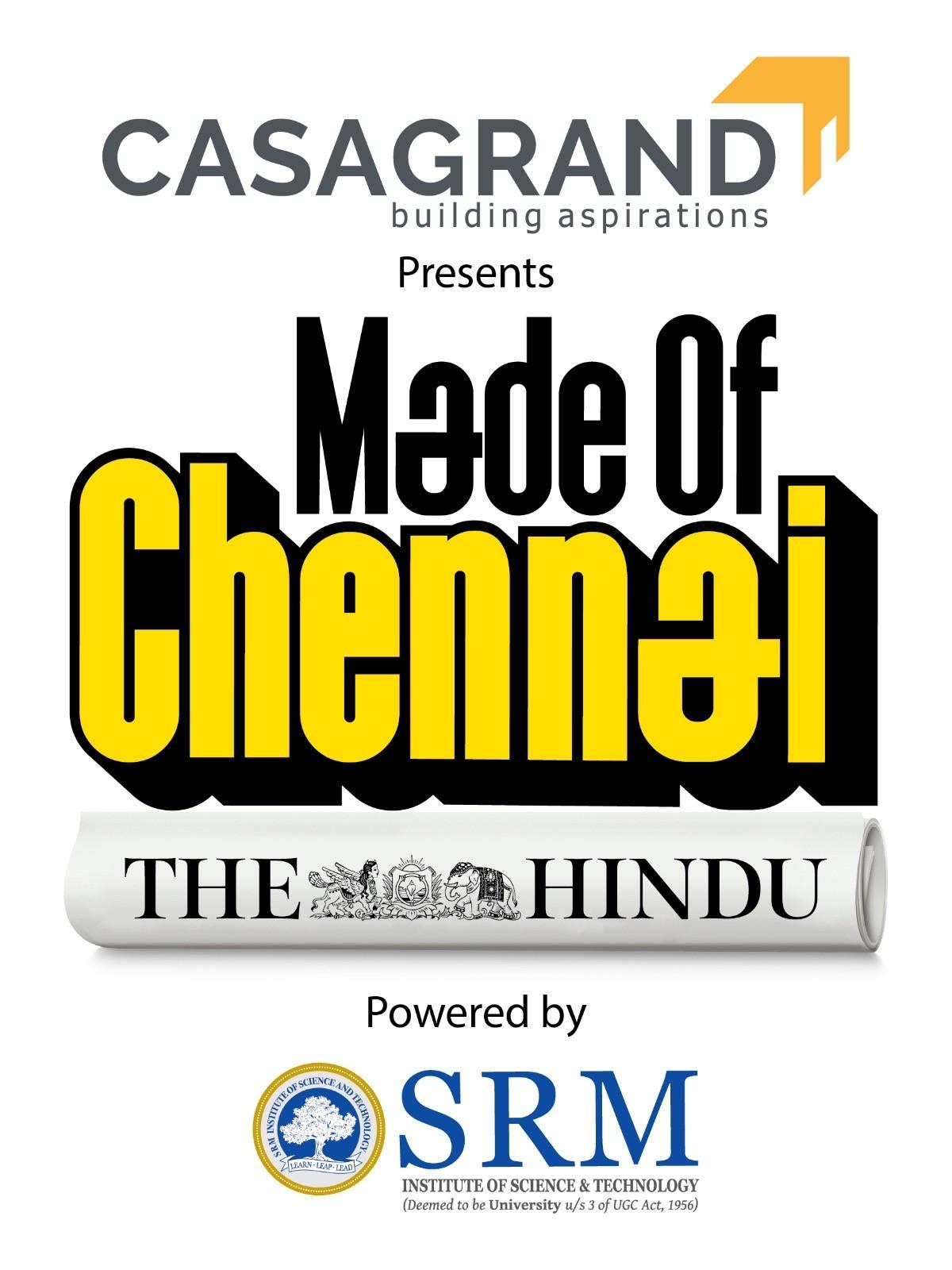
Published – August 22, 2025 05:20 am IST






